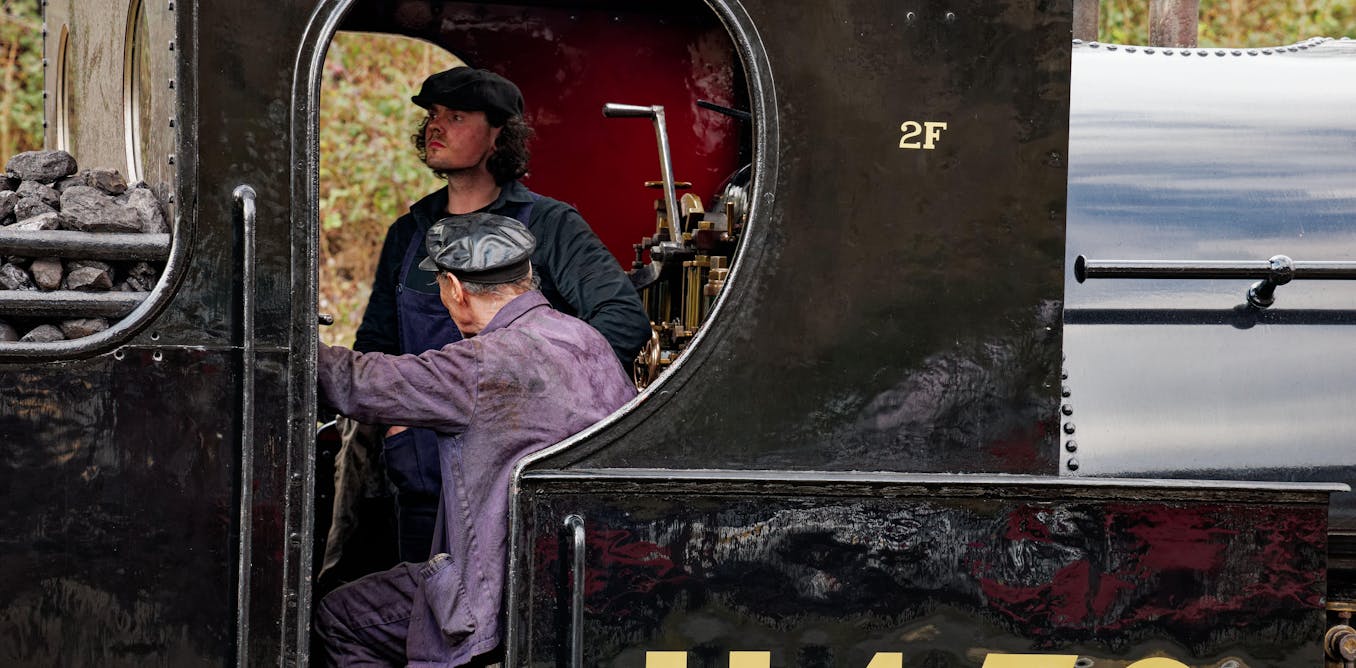The remains of what is thought to be a 4,000-year-old temple and theater have been discovered by archaeologists in Peru.
Experts were alerted by the local government to looting near the northern Peruvian town Zaña and quickly moved to the area before any destruction occurred, a press release from the Field Museum in Chicago said.
In June, the team began studying the Otra Banda, Cerro Las Animas archaeological site. They excavated a 33-foot square plot of land at a depth of six feet, where ancient walls formed from clay and mud were identified.
“It was so surprising that these very ancient structures were so close to the modern surface,” Luis Muro Ynoñán, a research scientist at the Field Museum who led the team, said in the release.
Further digging revealed one section of a large temple. According to Ynoñán, “one of the most exciting things” was a small theater “with a backstage area and a staircase that led to a stage-like platform. This could have been used to perform ritual performances in front of a selected audience.”
Flanking one of those staircases was elaborately engraved mud panels featuring a bird-like creature. Perhaps more importantly, they resemble depictions of mythological creatures dating to the Initial Period (2,000 BCE to 900 BCE).
“The Initial Period is important because it’s when we first start to see evidence of an institutionalized religion in Peru,” Ynoñán explained. The find, he continued, “tells us about the early origins of religion” in the area.
Several large murals were also found painted on the walls. Pigment samples from these works can also be used to help with identifying the age of the site using radio carbon dating.
“We still know very little about how and under which circumstances complex belief systems emerged in the Andes, and now we have evidence about some of the earliest religious spaces that people were creating in this part of the world,” said Ynoñán.
These discoveries predate the country’s most well-known archaeological site, Machu Picchu, by approximately 3,500 years. Machu Picchu was an ancient city built by the Inca Empire in the 15th century CE. The site also predates the pre-Inca Moche and Nazca cultures.
“We don’t know what these people called themselves, or how other people referred to them. All we know about them comes from what they created: their houses, temples, and funerary goods,” Ynoñán added. “The people here created complex religious systems and perceptions about their cosmos. Religion was an important aspect of the emergence of political authority.”

The post “Archaeologists Identify 4,000-Year-Old Temple and Theater in Peru” by Francesca Aton was published on 07/11/2024 by www.artnews.com




































